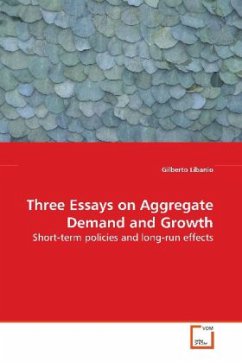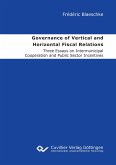Macroeconomic theory has mainly focused on supply-
side issues since the early 1970s. In general,
theory has not left much room for aggregate demand
to influence the system, except for causing
temporary departures from a given long-run
equilibrium path. Policy recommendations, in turn,
reflect such perspective and generally point to
supply-side aspects as the main focus for
policymakers. However, the inclusion of aggregate
demand in the analysis may provide useful insights
to understand the performance of the economy in the
long run, admitting that technological change,
productivity and the supply of labor respond to
aggregate demand growth. This book consists of three
independent essays that explore different aspects of
the relation between aggregate demand and growth. In
all the papers, theoretical effort is followed by
rigorous empirical analysis focusing on Latin
America, providing evidence on the arguments put
forward in the text. The analysis and results
provided here illustrate different aspects of demand-
led growth, and supports the idea that
recessions may have long-lasting and irreversible
effects on output and employment.
side issues since the early 1970s. In general,
theory has not left much room for aggregate demand
to influence the system, except for causing
temporary departures from a given long-run
equilibrium path. Policy recommendations, in turn,
reflect such perspective and generally point to
supply-side aspects as the main focus for
policymakers. However, the inclusion of aggregate
demand in the analysis may provide useful insights
to understand the performance of the economy in the
long run, admitting that technological change,
productivity and the supply of labor respond to
aggregate demand growth. This book consists of three
independent essays that explore different aspects of
the relation between aggregate demand and growth. In
all the papers, theoretical effort is followed by
rigorous empirical analysis focusing on Latin
America, providing evidence on the arguments put
forward in the text. The analysis and results
provided here illustrate different aspects of demand-
led growth, and supports the idea that
recessions may have long-lasting and irreversible
effects on output and employment.








